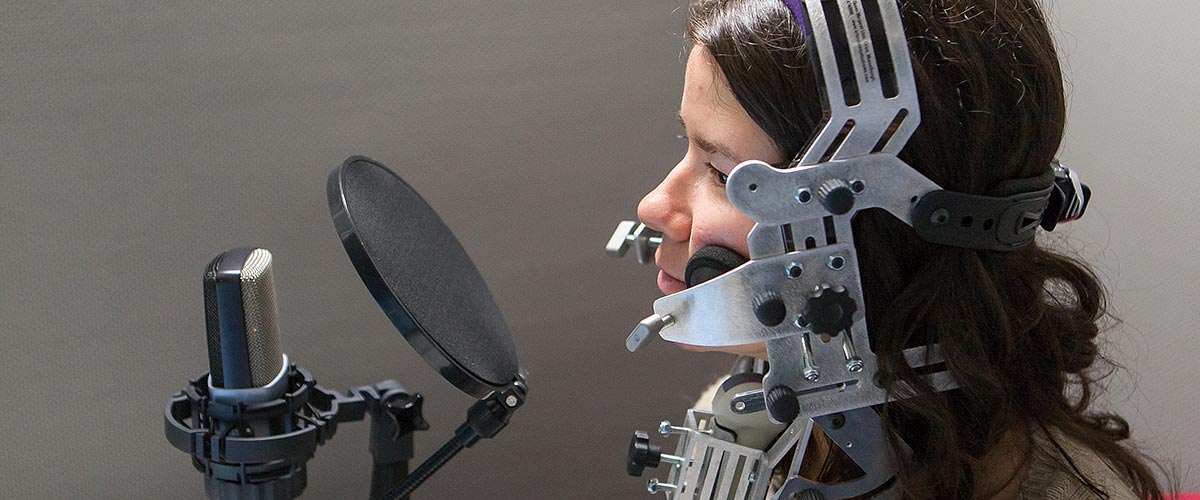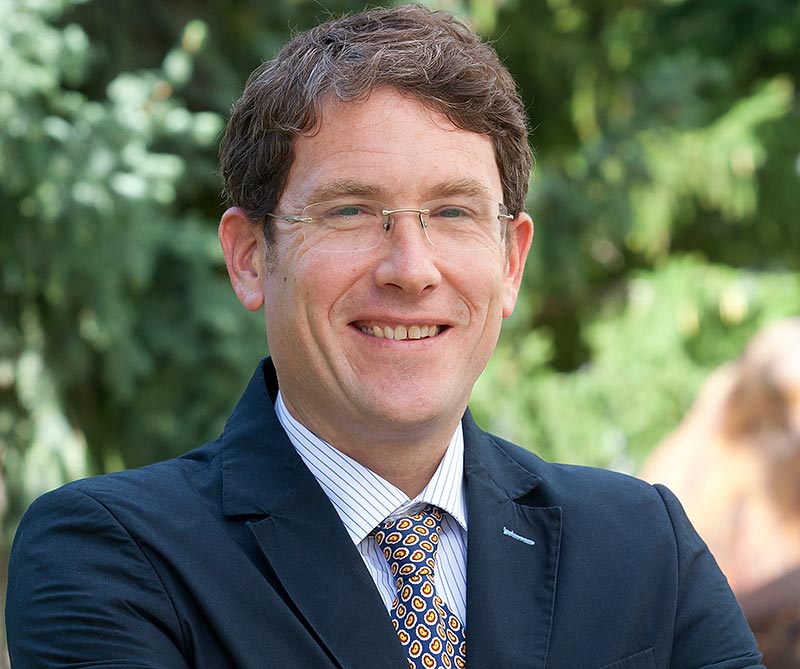laboratory of speech

Research
The research carried out at the laboratory of Speech at the University of Navarra focuses on the articulatory "gesture", which in terms of Dynamic Systems is considered an "attractor". This conception, in contrast to other approaches, is assumed to be the primitive phonological form of speech. Such a conception implies that what we cognitively represent is not a mere description of some static "state" of the tract board member , but rather a representation of the actions required to achieve an articulatory goal . In this sense, the concept of gesture unites the research of different academic areas such as motor control, non-linear dynamical systems, behavioural psychology, computer science and phonetics and phonology to a singular area of study. That is, tract coordination board member is a subdomain of motor control, and the way we cognitively represent these coordination patterns is similar to how we represent any spatio-temporal patron saint of motor control, from cycling to skiing to serving in a volleyball game.
To this end, laboratory currently has a number of ongoing projects. The most important questions we are currently examining are: (1) how are spatio-temporal coordination patterns learned by native and non-native speakers, (2) how does the perception of temporal patterns by native and non-native speakers influence the production of inter-articulatory coordination patterns, (3) how does perceptual weighting of acoustic cues translate into action of the tract, and (4) how does perceptual weighting of acoustic cues translate into action of the tract? (3) how does perceptual weighting of acoustic cues translate into tract action board member , and (4) how do perceptual weightings that make reference letter gesture the object of perception affect speakers' ability to discriminate authentic foreign accents from imitated foreign accents across subjects from different language families?
There are currently three main projects underway at laboratory del Habla:
This longitudinal study examines the articulatory development in two groups of subjects. The project has three main objectives: (1) to better understand the spatio-temporal relationship of articulatory gestures in complex consonant sequences in Spanish, (2) to examine the effects of articulatory training on the learning of new spatio-temporal coordination patterns, and (3) to better understand the effects of motor complexity on the learning of new spatio-temporal coordination patterns. The groups of subjects that were chosen are: (1) Spanish-speaking children with a hearing impairment who use cochlear implants, and (2) native English speakers who are learning Spanish as a foreign language .
The previously extracted kinematic data (via electromagnetic articulography) exposing the spatio-temporal coordination patterns of Spanish will serve as the baseline for the study (Gibson, researcher Principal, IP), Satiropoulou, Tobin and Gafos, 2017). The subject groups were chosen due to the nature of the physiological, cognitive, and neuroanatomical constraints affecting motor learning. In both subject groups, acoustic input is distorted, albeit in different ways, giving way to perceptual errors and non-native productions (e.g. foreign accent). And while these restrictions present certain obstacles to learning, previous research shows that, with internship and/or articulatory training, native/adult productions of spatio-temporal patterns can be obtained (Lane, Wozniak & Perkell 1994; Catford & Pisoni 1970; Adler-Bock 2004; Adler-Bock, 2007; Gick et al. 2007; Brendel & Ziegler 2008; Albert, Sparks, & Helm 1973; Sparks & Holland 1976; Wertz, Lapointe, & Rosenbek 1984; Square, Martin & Bose 2001; Rubow, Rosenbek, Collins, Longstreth 1982; Dworkin, Abkarian, & Johns 1988; Shane & Darley 1978; Wambaugh & Martinez 2000; Reid & Lin 2006).
The body of previous research findings suggests that learners exploit a variety of alternative strategies and modalities to learn new patterns of laryngo-articulatory coordination (learning in the tradition of Adams 1971; Gentile 1972; Newell 1996; Schmidt 1975; Zanone & Kelso 1992, 1997), although no study to date has documented learning progress longitudinally with data kinematics.
Funded by research University of Navarra Projects (PIUNA).
This acoustic perception study seeks to discover whether native speakers of a language are better able than non-native speakers to detect an imitated foreign accent when the language being imitated is the first language of the group of non-native speakers. Results from a pilot study indicate that non-native speakers were able to discern authentic and imitated stimuli better than native speakers. A preliminary hypothesis to explain these results proposes that the statistical weighting of the first language affects the way a speaker focuses perceptual attention on the different acoustic dimensions of a second language.
Funded by MINECO.
This study examines whether native and non-native speakers of Spanish are able to detect a subject's emotional state on the basis of voice quality and other acoustic cues. The test stimuli come from a corpus of spontaneous speech with samples drawn in a clinical context. The subjects used for the perception tests were selected from a group of native speakers of peninsular Spanish and speakers of American English with different levels of skill in Spanish, which allows us to examine how the ability to detect a speaker's emotional state grows as a function of linguistic knowledge .
Contact
Dr. Mark Gibson
Director
mgibson@unav.es
laboratory del Habla
classroom 2050
2nd floor Central Building
31009 Pamplona, Spain
+34 948 42 56 00 Ext. 802381
